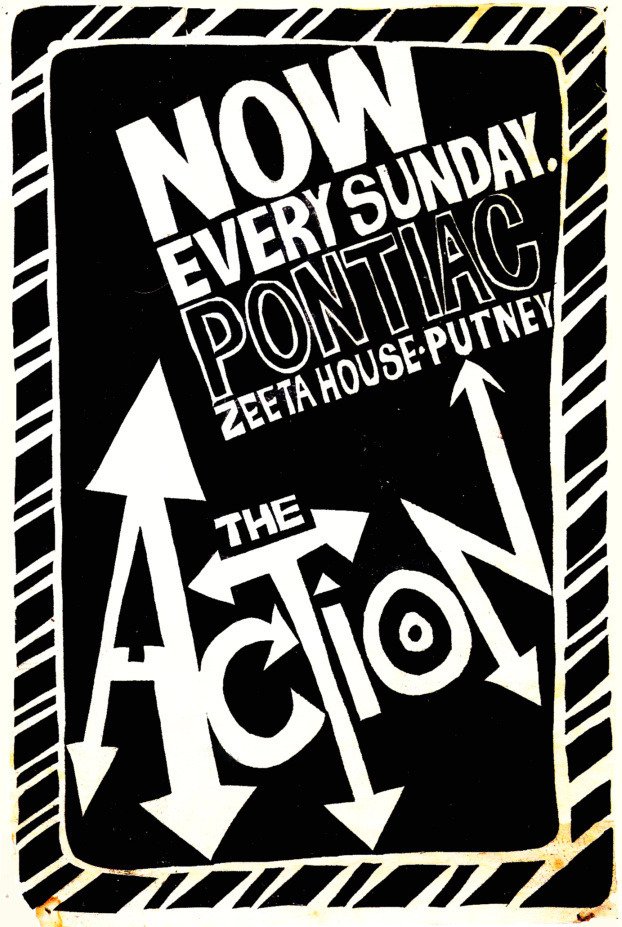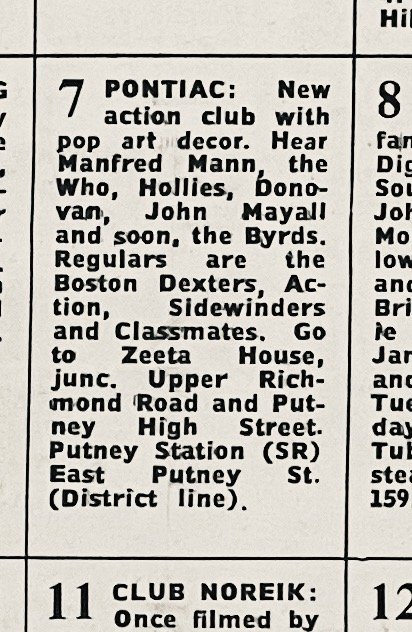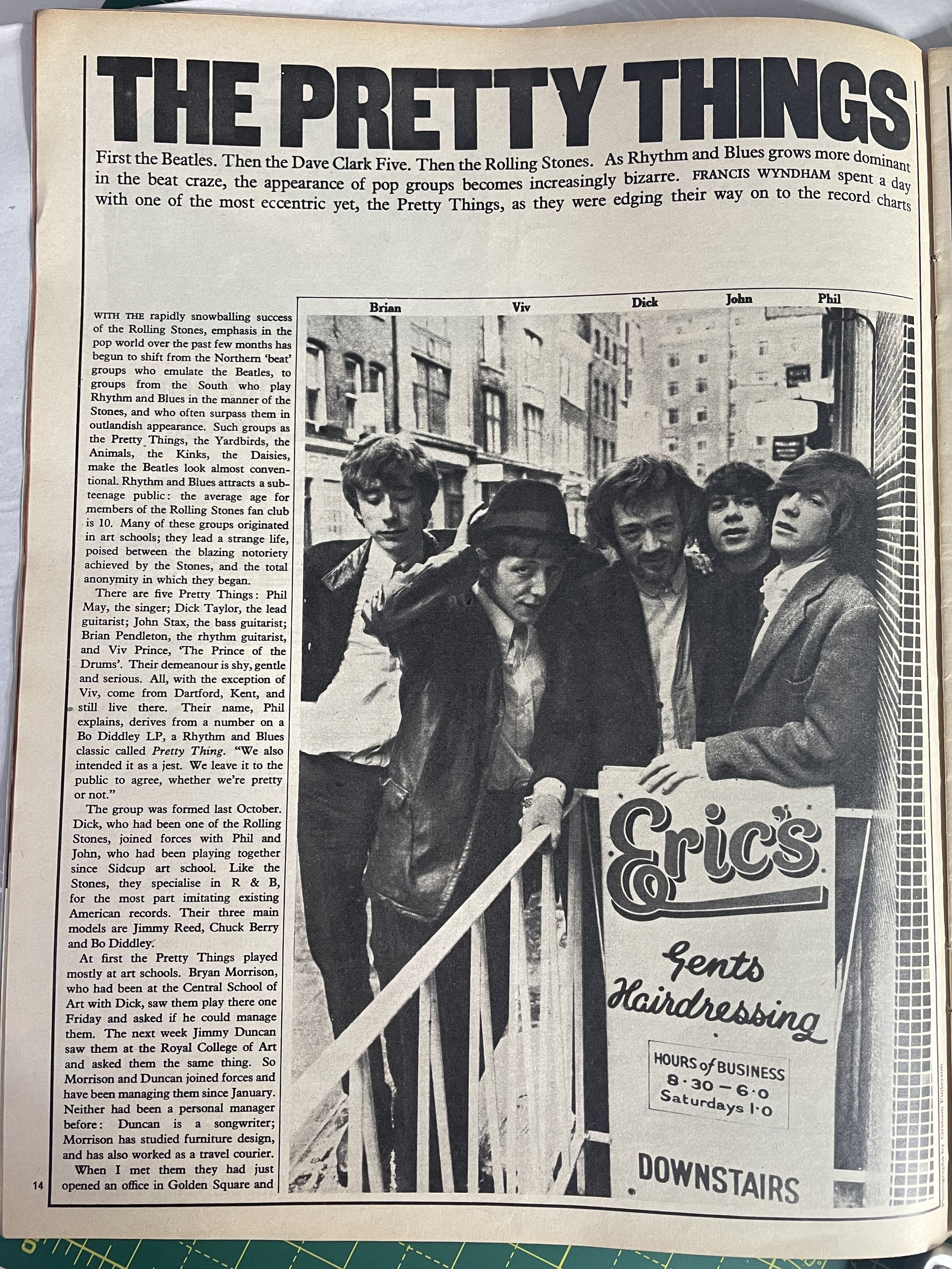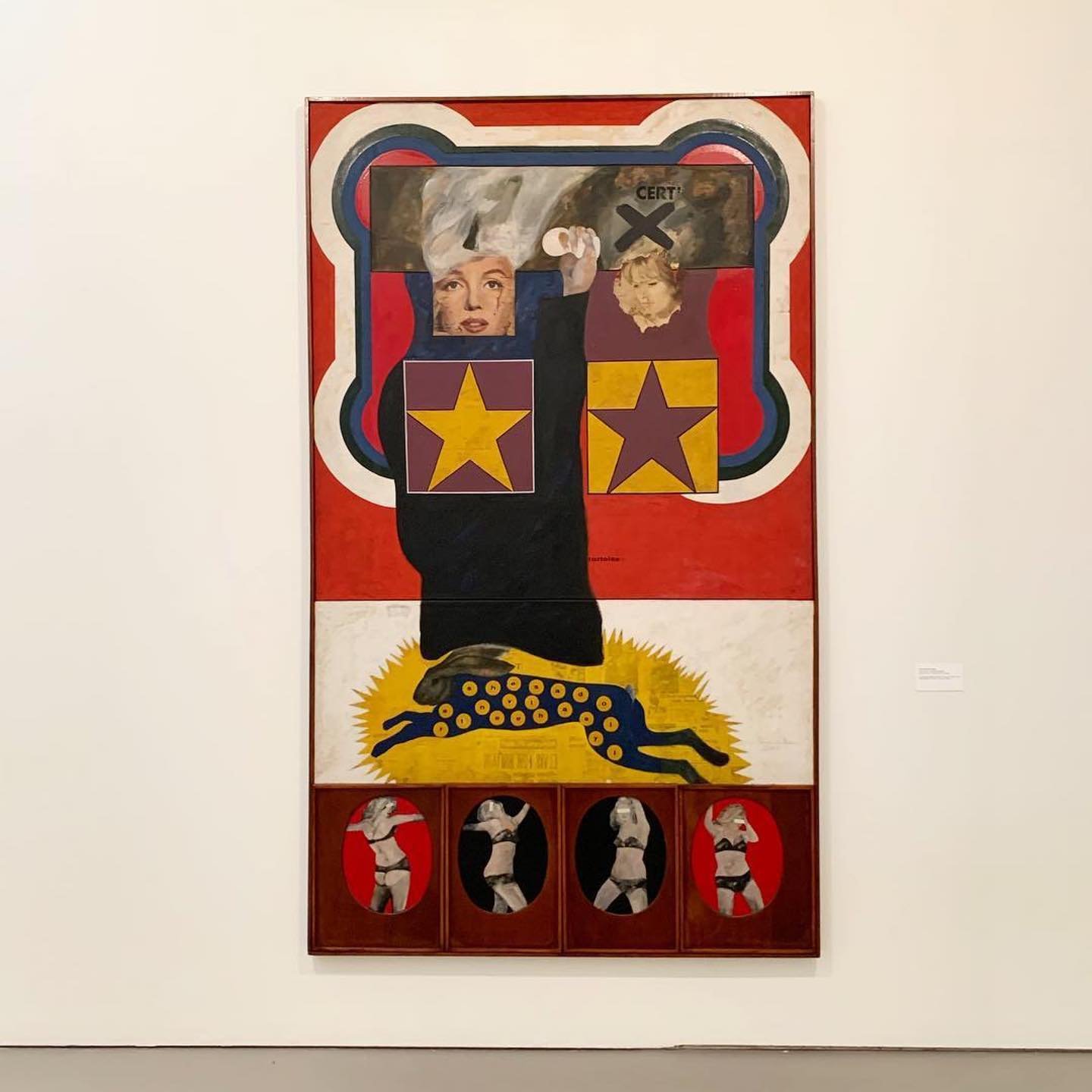January 22 1966, FABulous magazine goes all over Pop Art – the trend that is young, expressive, zany, alive, thoughtful and enjoyable . . .
photo Derek Berwin
Anne Nightingale is the issue’s guide to Pop Art and the abstract sounds of the Who . . .
The magazine’s theme is somewhat diluted by putting the non-pop art Moody blues on the cover. Inside Paul Jones puts a decidedly conservative spin on the latest trend . . . anticipating Laura Ashley’s turn to the floral he scorns the geometric. He also disses the label ‘generation’ suggesting a slight against the Who as much as against the notion of a divide between young and old . . .
Meanwhile Keith Richards is in on the scene due to his coat of many colours and not much else and Steve Marriot collects pop art robots . . .
And . . . the Who started the the thing itself moving from Mod to Pop. By the time June Southworth interviews the band, however, they have moved on once more: ‘they’re frank, intelligent boys who play space-age music for a pop art generation, and many generations to come . . .’



















































